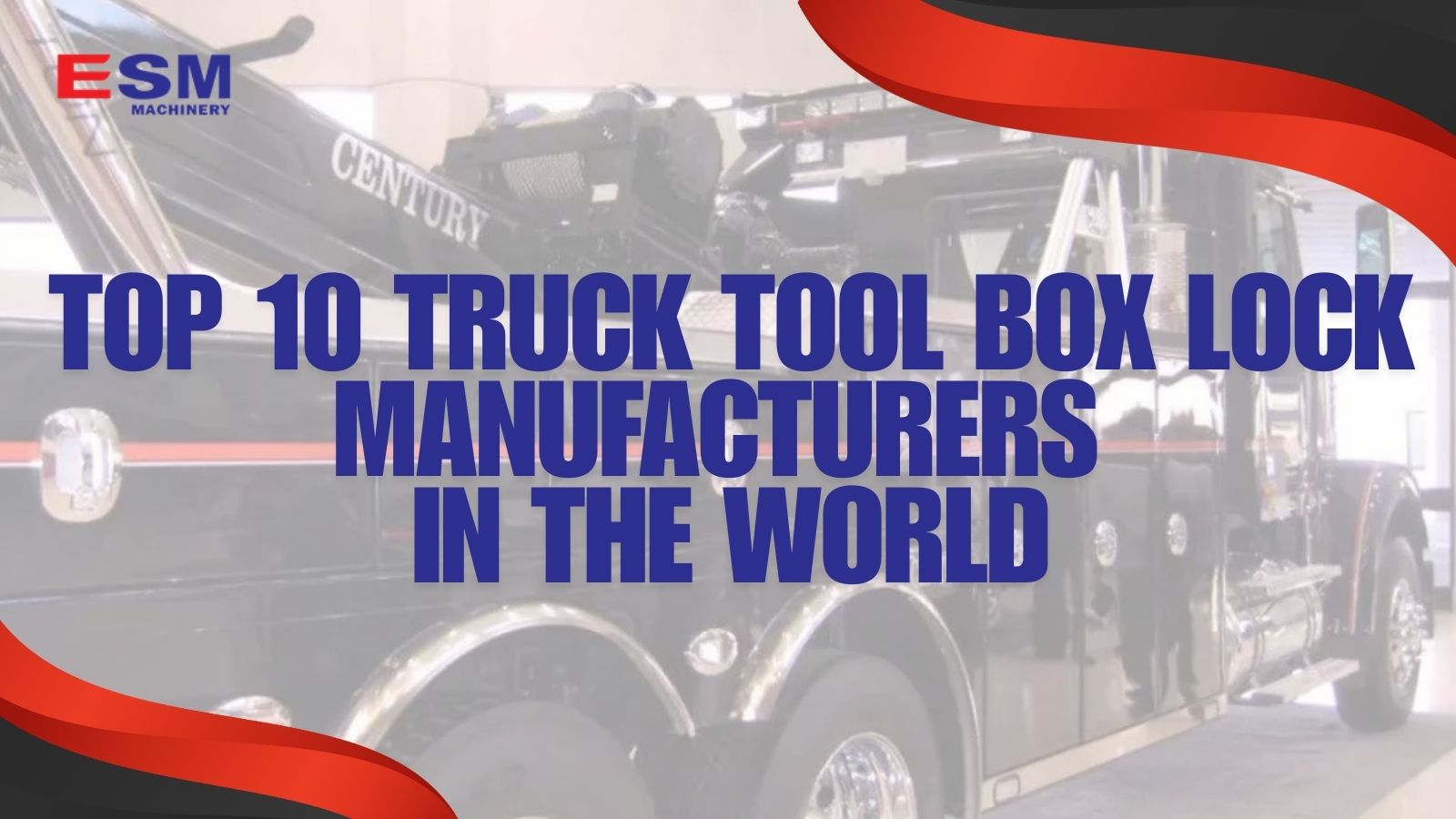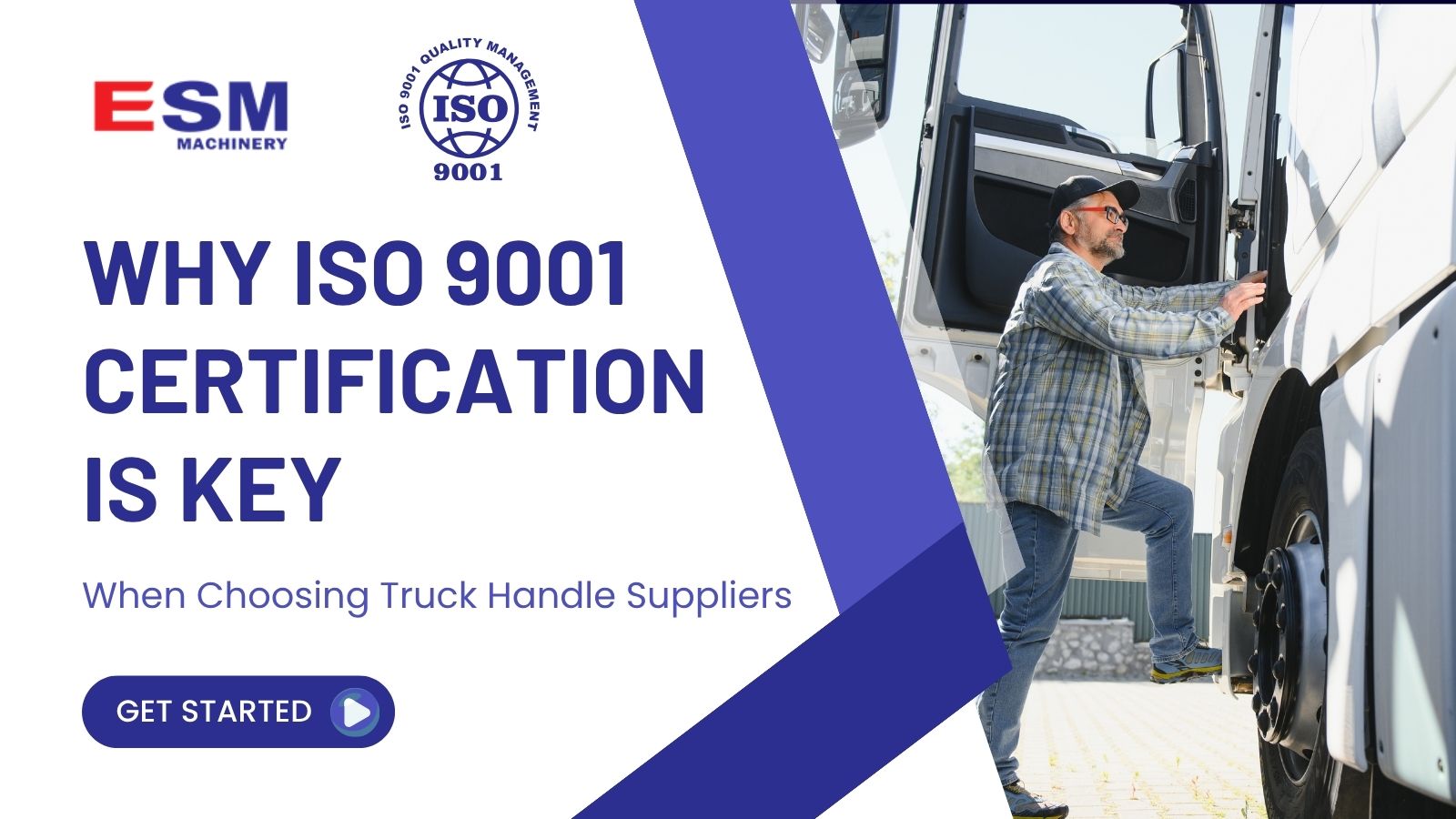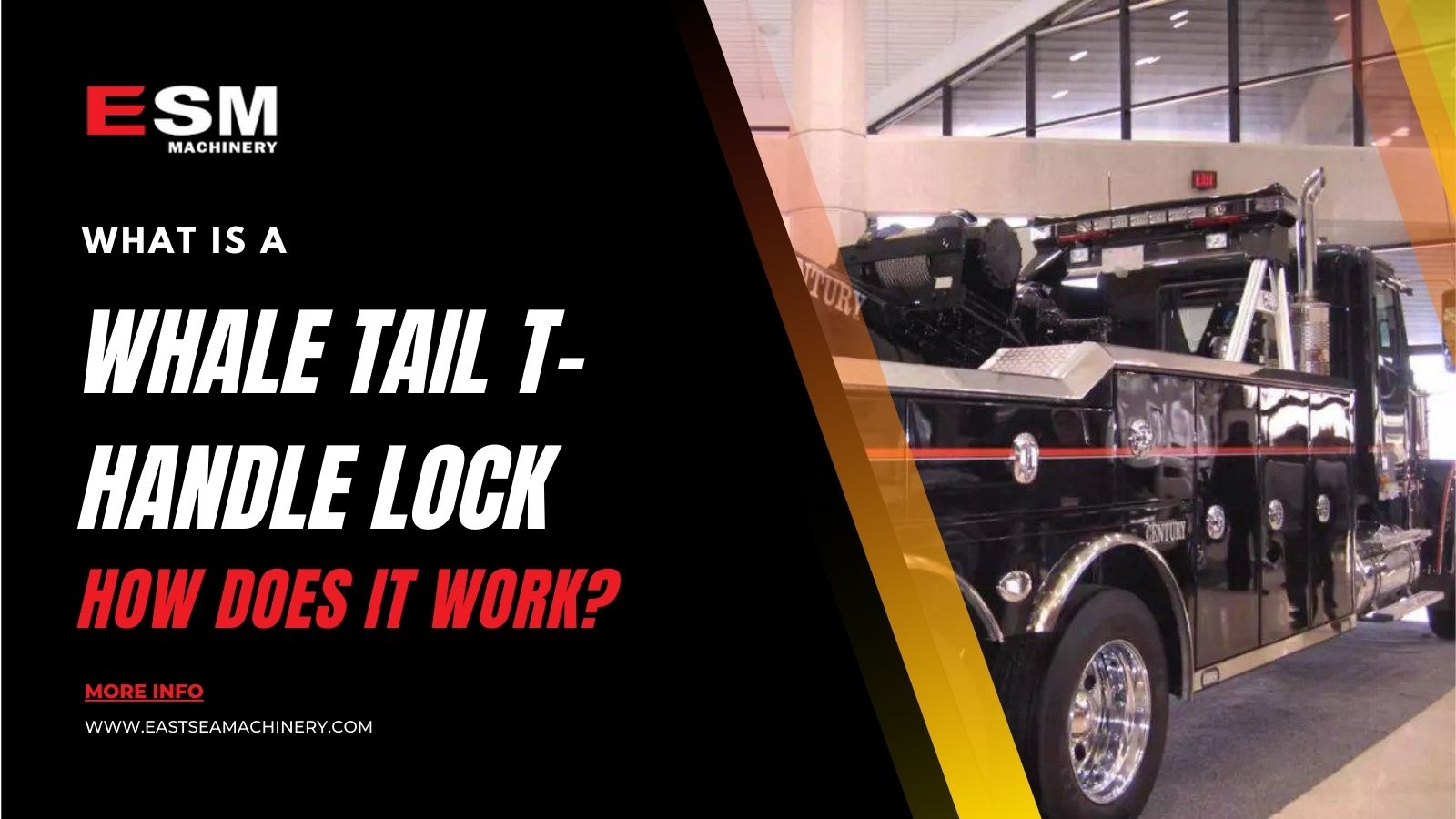Long-haul trucking demands unwavering focus, meticulous preparation, and top-notch equipment to ensure safety for drivers, cargo, and other road users. Fatigue, distractions, and mechanical failures are leading causes of accidents, with the Federal Motor Carrier Safety Administration (FMCSA) reporting that driver fatigue contributes to approximately 13% of commercial vehicle crashes. At Ningbo East Sea Machinery Co., Ltd., with over 20 years of expertise in manufacturing high-quality truck hardware like locks, latches, and hinges, we understand the critical role reliable components play in safe long-haul journeys. Below, we present an expanded guide on the top 10 safety tips for truck drivers, enriched with practical insights and industry-backed strategies to keep you secure and efficient on the road.

Fatigue is a silent threat for long-haul drivers, impairing reaction times and decision-making. The National Highway Traffic Safety Administration (NHTSA) estimates drowsy driving causes around 91,000 crashes annually, leading to 50,000 injuries and nearly 800 fatalities. To counter this, strictly follow FMCSA’s Hours-of-Service (HOS) rules, limiting driving to 11 hours after 10 consecutive hours off duty, with a mandatory 30-minute break after 8 hours. Plan routes with rest stops every 2-3 hours, and take 20-30 minute power naps when needed. Avoid heavy, carb-laden meals that induce drowsiness, and maintain a consistent sleep schedule, even on the road. Keep your cab comfortable with proper ventilation and consider using blue-light-blocking glasses to reduce eye strain during night drives.
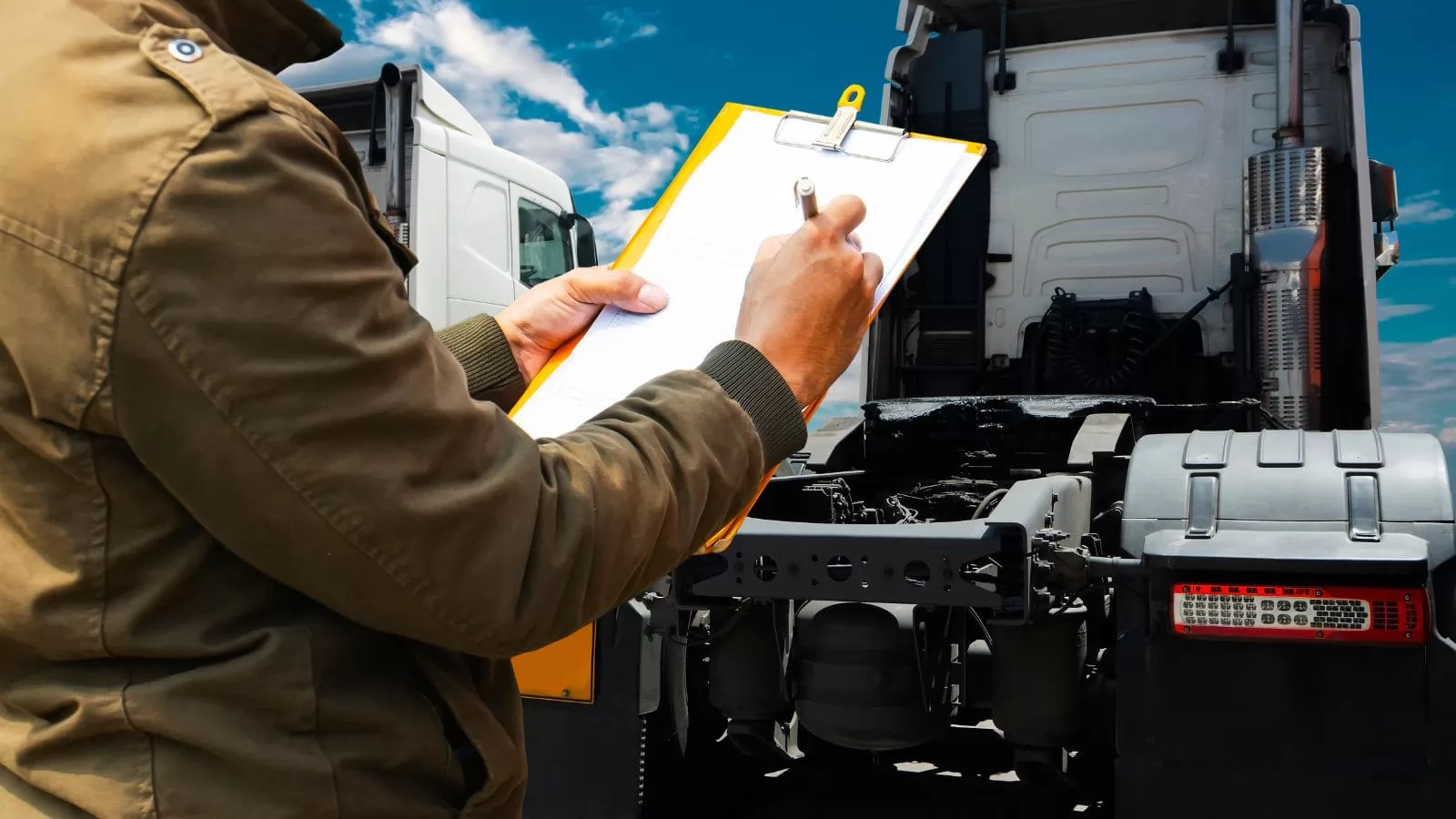
A meticulous pre-trip inspection is your first line of defense against mechanical failures. Check tire pressure and tread depth (at least 4/32” for steer tires and 2/32” for others), inspect brakes for wear, and verify that lights, signals, and wipers are fully functional. Ensure fluid levels—oil, coolant, and windshield washer—are topped off, and lubricate moving parts like hinges and latches to prevent seizing. Secure cargo with high-quality tie-downs and use durable truck tool box locks, like those from East Sea Machinery, to protect tools and equipment from theft or damage. Follow an FMCSA-approved checklist and perform a walk-around after loading to spot issues like loose straps or leaks. Regular maintenance, including filter replacements and brake adjustments, can prevent 80% of roadside breakdowns.

Defensive driving is about anticipating and avoiding hazards. Maintain a following distance of 7-8 seconds in good conditions, extending to 14 seconds in rain or fog. Be aware of your truck’s “No-Zone” blind spots, especially on the right side and rear, where smaller vehicles can vanish. Use mirrors frequently and signal lane changes or turns at least 5 seconds in advance. In work zones, where one-third of fatal crashes involve large trucks, reduce speed and obey signage—speeding in these areas is a leading cause of accidents. Stay alert for erratic drivers, and avoid sudden braking by scanning the road 15 seconds ahead. Defensive driving courses, offered by organizations like the American Trucking Associations, can further sharpen your skills.

Distractions are a major risk, with FMCSA data showing that texting while driving increases crash likelihood by 23 times. Use hands-free devices for calls and set up GPS before departure to avoid mid-drive adjustments. Silence non-essential notifications and keep devices out of reach. Eating, adjusting music, or handling paperwork should be done during stops. Installing a dash cam not only promotes accountability but also provides evidence in case of disputes. For fleet drivers, telematics systems can alert supervisors to distracted driving behaviors. A momentary lapse at 65 mph means traveling over 100 feet blindly—equivalent to a football field—so keep your eyes on the road.

Long hours in the driver’s seat can take a toll on health, contributing to fatigue and reduced alertness. The CDC notes that truck drivers face higher risks of obesity and heart disease due to sedentary lifestyles and poor diet choices. Pack nutritious snacks like nuts, fruits, and yogurt, and opt for lean proteins over fast food. Drink at least 8-10 cups of water daily to stay hydrated, avoiding sugary sodas that cause energy crashes. During breaks, perform stretches or walk for 30 minutes to boost circulation. Many truck stops now offer gyms or walking trails—use them. A healthy driver is a safer driver, with better focus and fewer medical emergencies.

Weather can transform a routine haul into a high-risk scenario. Check forecasts via apps like AccuWeather before departure and adjust routes to avoid storms. In rain, reduce speed by 10-15 mph to prevent hydroplaning, ensuring tires have at least 4/32” tread for traction. In snow or ice, equip chains and test brakes gently to gauge road conditions. Carry an emergency kit with blankets, food, water, and de-icing tools, secured in a corrosion-resistant toolbox with a sturdy lock. In fog, use low-beam headlights and maintain a 10-second following distance. If visibility drops below 100 feet, find a safe place to pull over and wait it out.

Improper cargo securement causes thousands of accidents annually, with FMCSA reporting over 1,000 cargo-related crashes in 2023 alone. Follow federal guidelines on weight distribution and use rated tie-downs, checking them after the first 50 miles and every 3 hours thereafter. For tools and personal items, use high-strength locks and latches, like those crafted by East Sea Machinery, to ensure secure storage. Shifting cargo can cause rollovers, so double-check load balance and use blocking or bracing as needed. For hazardous materials, comply with DOT regulations and carry proper documentation. Secure equipment reduces risks and protects your livelihood from theft.

Technology can be a lifesaver if used correctly. Electronic Logging Devices (ELDs) ensure HOS compliance, while GPS apps like Waze provide real-time traffic and hazard alerts. Fatigue-monitoring systems, such as those using eye-tracking, can warn of drowsiness before it becomes critical. Program all devices before driving to avoid distractions, and use voice-activated features when possible. Stay in touch with dispatch for updates on weather or road closures, and share your route with a trusted contact. Telematics can also help fleet managers track safe driving habits, reducing risky behaviors by up to 20%, according to industry studies.

Seatbelts save lives—FMCSA data shows that 15% of truck drivers killed in crashes were not wearing them. Buckle up every time, ensuring the belt is snug and positioned correctly. Speeding is another major risk, increasing stopping distances (a loaded truck at 65 mph needs 600 feet to stop) and crash severity. Stick to posted limits, especially in urban areas or work zones, where speeding tickets and accidents are common. Use cruise control to maintain consistent speeds and avoid tailgating, which can force sudden stops. A disciplined approach to seatbelt use and speed control is your best defense against fatal crashes.

Unexpected events like breakdowns or accidents require preparation. Carry a comprehensive emergency kit with first-aid supplies, reflective triangles, flares, non-perishable food, water, and basic tools. Train in simple repairs, like changing a tire, but prioritize professional assistance for major issues. In a breakdown, pull over to a safe shoulder, activate hazard lights, and set up reflective markers at 10, 100, and 200 feet behind the truck. Share your route and ETA with dispatch or family, and keep a charged phone with emergency contacts. A well-prepared driver can handle crises without panic, ensuring safety and minimizing delays.
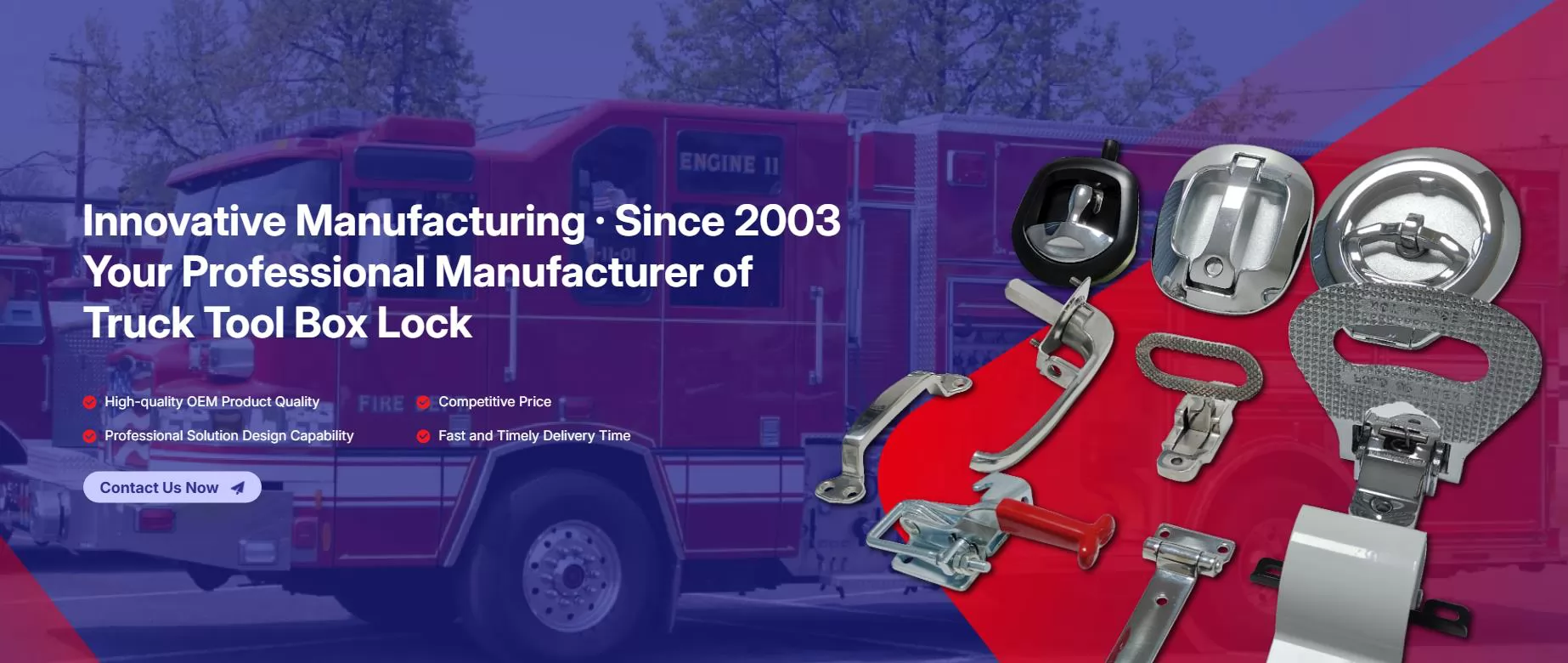
At www.eastseamachinery.com, Ningbo East Sea Machinery Co., Ltd. is your ultimate partner for trucking safety. Since 2002, we’ve specialized in manufacturing premium OEM hardware, including truck tool box locks, latches, hinges, and folding steps, designed to withstand the toughest conditions. Our ISO9001-certified facility in Ningbo, China, spans 8,000 m² and employs over 100 skilled professionals, delivering over 10 million high-precision components to global markets. Trusted by industry leaders in the USA, Canada, and Australia, our products—crafted from high-grade materials like 304 stainless steel and zinc alloy—offer unmatched durability and corrosion resistance. With in-house design, agile production, and rigorous quality control, we provide customized solutions to enhance the security and efficiency of your long-haul operations. Visit www.eastseamachinery.com to explore our offerings and connect with our experts for tailored safety solutions.
Safety on long hauls is a combination of preparation, vigilance, and reliable equipment. By following these 10 tips, truck drivers can reduce risks, protect their cargo, and ensure they return home safely. At Ningbo East Sea Machinery Co., Ltd., we support drivers with ISO9001-certified truck hardware, including durable tool box locks, latches, and hinges designed for the toughest conditions. Our OEM solutions, trusted by global leaders in the USA, Canada, and Australia, enhance security and performance. Visit eastseamachinery.com or contact us for customized solutions that keep you safe and efficient. Drive smart, stay safe, and let us help you secure your journey!

